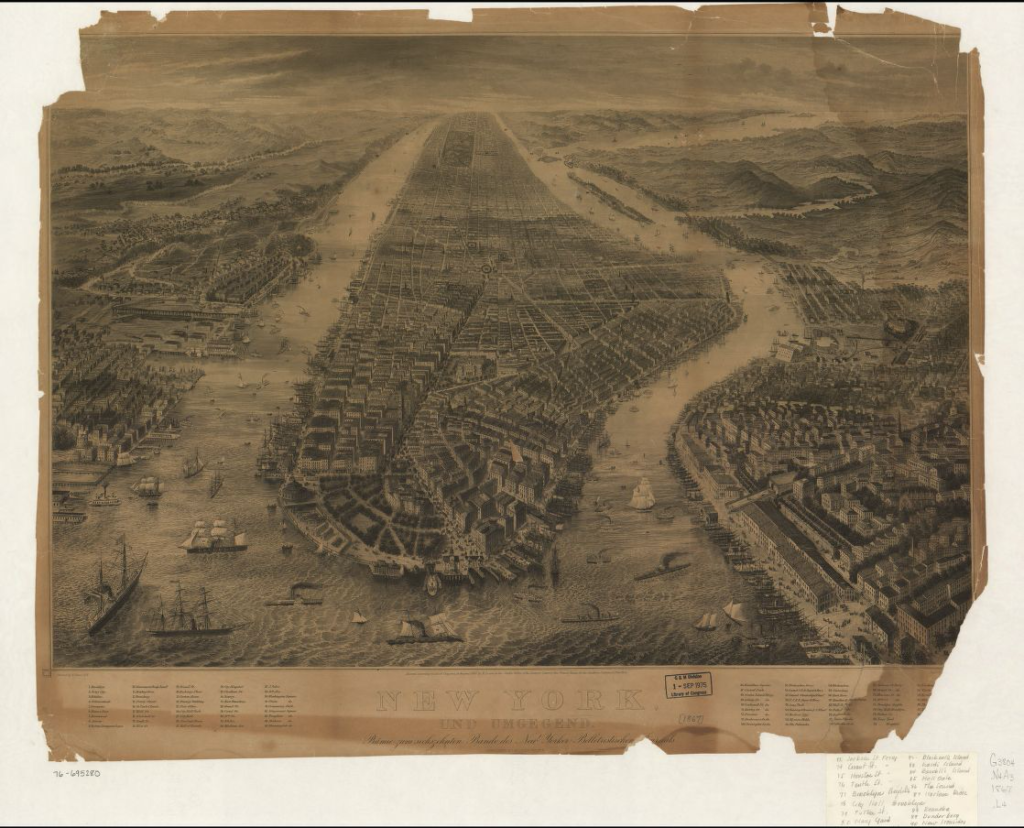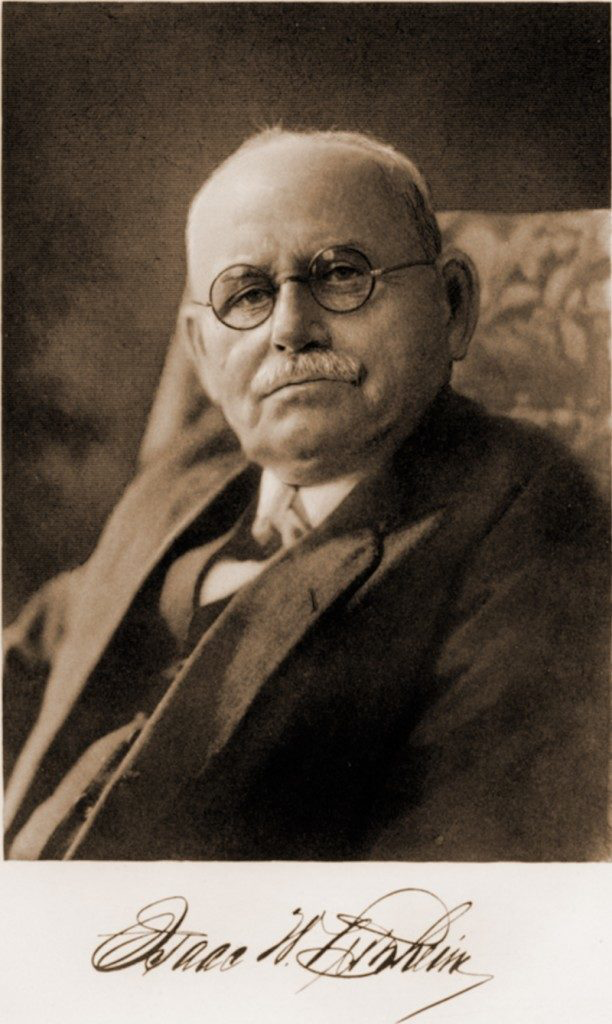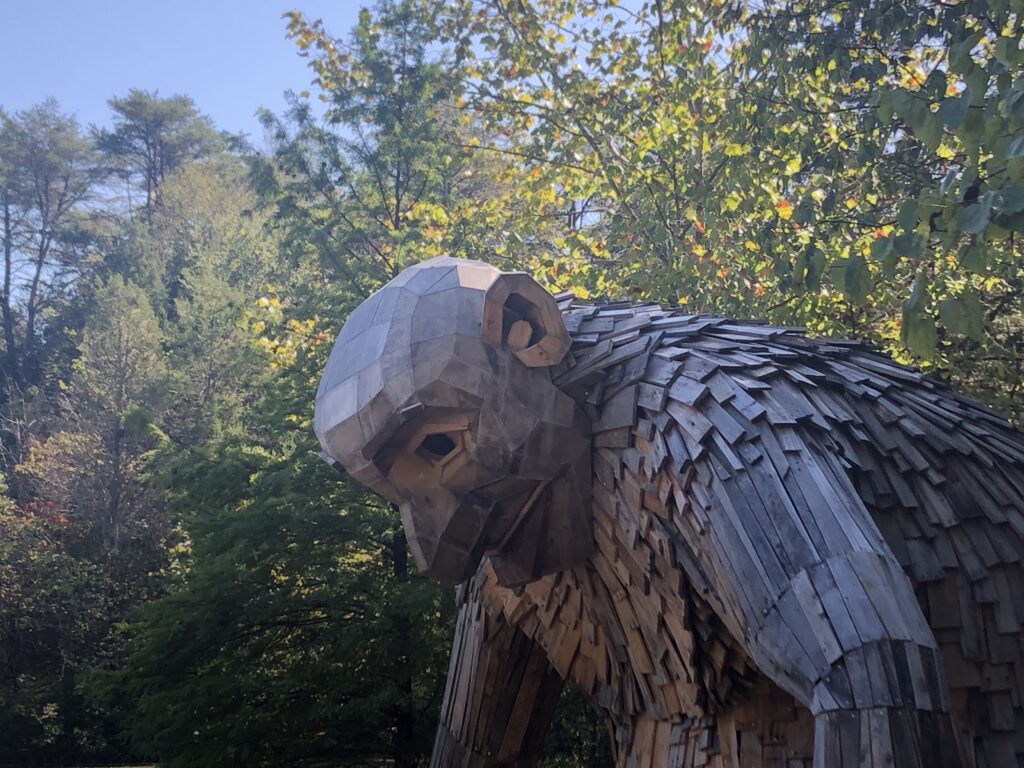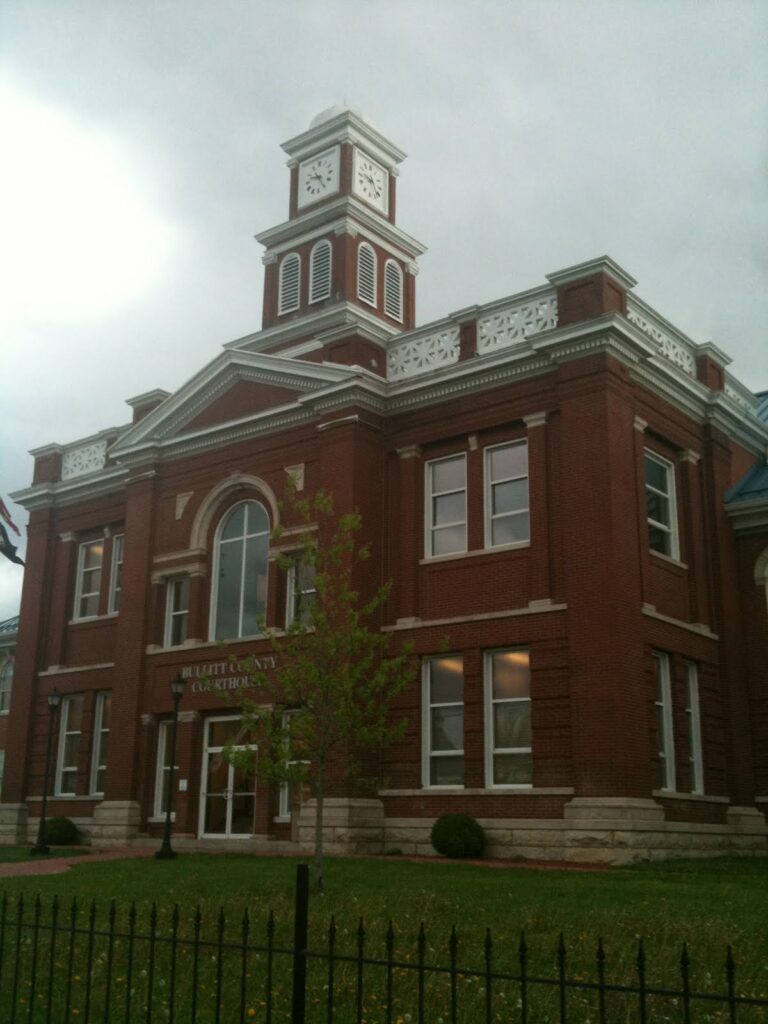Until last October, I’d never visited Bernheim Forest. Waiting so long was a mistake. For the uninitiated, Bernheim – officially Bernheim Arboretum and Research Forest – includes 16,137 acres of land in Clermont, Kentucky. It is located about 25 miles south of Louisville on land acquired by Isaac W. Bernheim in 1929.
The History of Bernheim Forest
Isaac and his wife, Amanda, had dreamed of creating an herbarium and arboretum. Amanda died in 1922, but Isaac carried out their shared vision. Isaac Wolfe Bernheim was born in Germany and immigrated to the United States. He arrived in this country with less than four dollars in his pocket and the dream of opportunity. The year was 1867, but he did not immediately find the success he had dreamt for. His uncle was not able to provide him with the work he had planned in New York. Isaac headed west as a peddler throughout Pennsylvania before landing in Paducah, Kentucky in 1868. There, he entered the wholesale liquor business as a bookkeeper.

In Paducah, Isaac Bernheim saved enough money to send home to Germany funds necessary for the emigration of his brother. Together, they opened Bernheim Brothers in 1872. Ultimately, a successor company relocated to Louisville in 1888. The company continued to grow and prosper; it did not shudder during Prohibition. With one of only ten licenses to produce bourbon for “medicinal purposes, Bernheim Brothers remained opened during The Great Experiment of 1920 to 1933.
During this season, Bernheim’s wife passed away and the land for the Forest was purchased. Frederick Law Olmstead began to design the park in 1931 on land that had been strip-mined of iron ore. The park opened in 1950.
To all I send the invitation to come from city, village, hamlet and farm, to re-create their lives in the enjoyment of nature and the many blessings she gives…
I. W. Bernheim

Giants in the Forest

When I visited with my wife and three kids, we mainly arrived to see the Forest Giants. The Giants were constructed by a Danish artist, Thomas Dambo, using locally sourced recycled wood. The Giants are a family: Mama Loumari and her two children, Little Nis and Little Elinsa. Mama Loumari is depicted as pregnant with a third baby Giant in utero.
The Giants were introduced to Bernheim Forest in celebration of the 90th anniversary of Bernheim’s original land acquisition. You can view all of them in a relatively short walk/hike leaving much of Bernheim Forest unexplored. In total, there are some 40 miles of trails.
Since March 26, 2020, Bernheim has been closed due to the Coronavirus. Once it reopens, it will again be a fantastic place to socially distance. To learn more about Bernheim Forest, its reopening, and how you can support this important part of Kentucky’s greenspace, visit its website www.bernheim.org.



